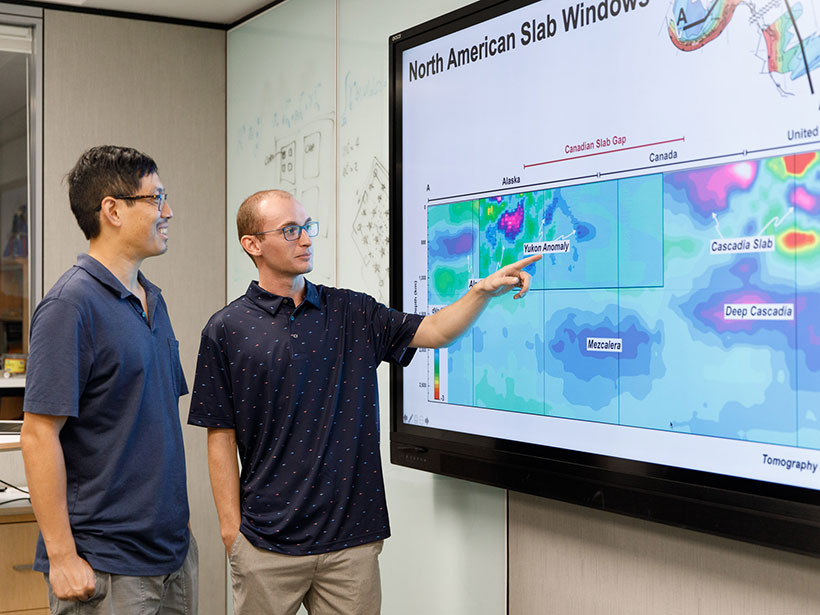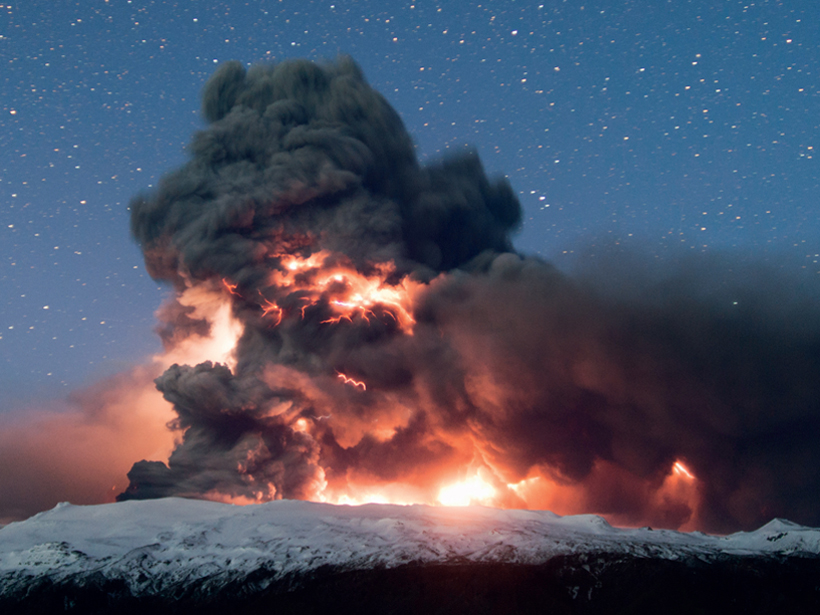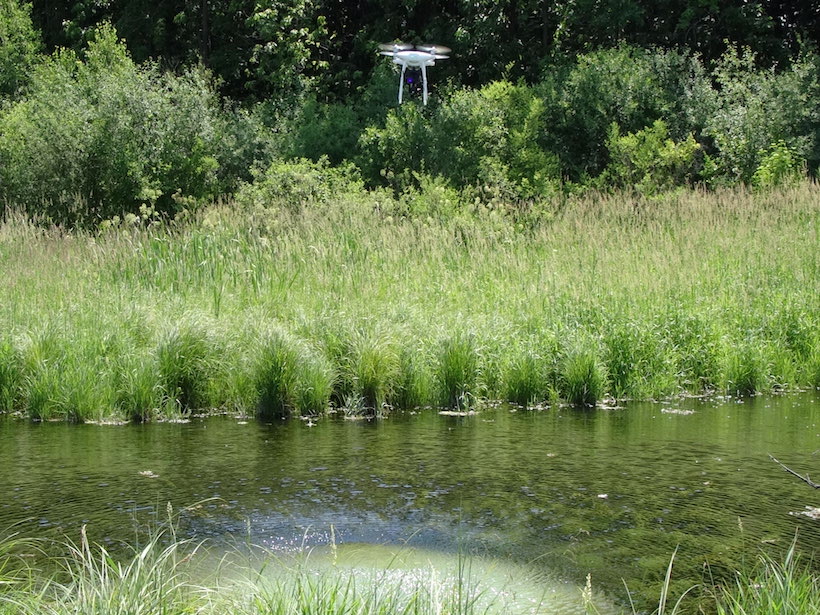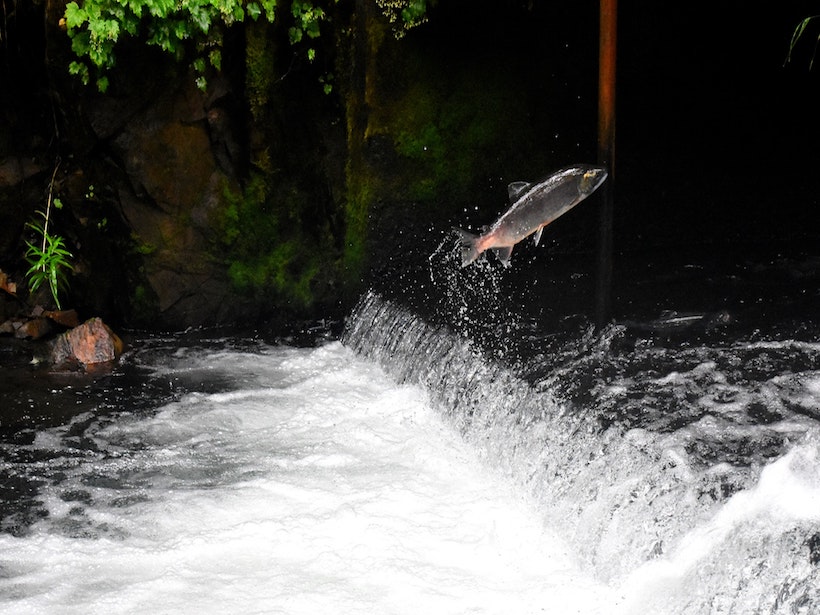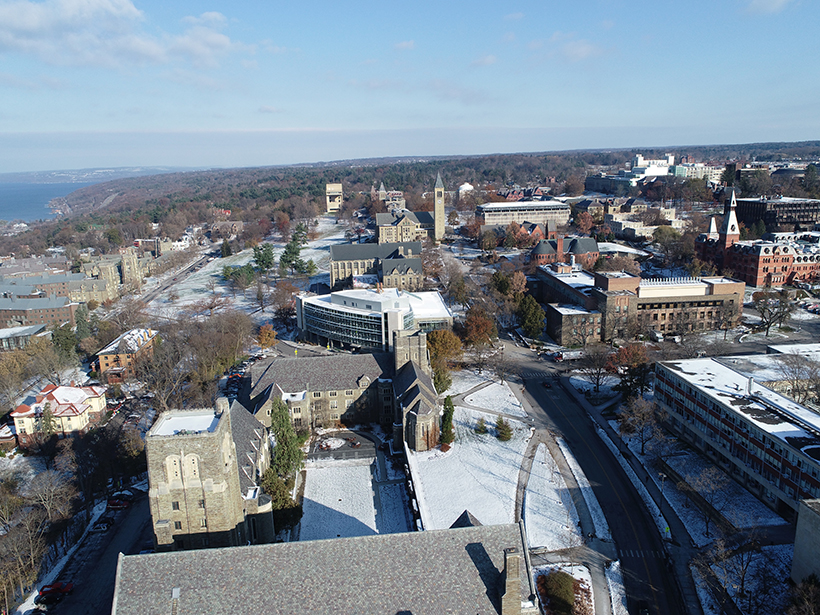Researchers in Kentucky have merged results from home test kits with the state’s geologic map to produce a map of indoor radon potential based on the geology underlying homes in the state.
geology
La Geología y la Química Impulsan la Migración Animal en el Serengueti
Trabajo de campo en Tanzania sugiere que la química del suelo—influenciada por el vulcanismo local y la actividad tectónica—podría ayudar a determinar la migración sin precedentes de más de un millón de ñus.
Geologists to Shed Light on the Mantle with 3D Model
The model, which will incorporate 227 million surface wave measurements, could help with everything from earthquake characterization to neutrino geosciences.
The Resurrection Plate Is Dead, Long Live the Resurrection Plate
Using a technique similar to taking a CT scan of Earth, researchers found the possible remnants of a long-debated “missing” tectonic plate.
New Insights from the Magnetic Properties of Fault Rocks
Magnetic studies offer a new strand for the analysis of faulting processes and could help with better understanding of fault rupture and earthquakes.
A Geologist’s Guide to Exploring and Understanding Iceland
A new book explores the geophysical processes that have shaped Iceland over 30 million years and continue to influence the landscape.
Frequency Dependent Plates
Rocks stretch, break, and flow, depending on how and under which conditions they are loaded. A new formulation to better capture Earth’s rheology is explored in the context of plate thickness.
Taking an Aerial View Underground
Wisconsin geologists are testing using drones equipped with thermal cameras to measure shallow soil depths in areas prone to groundwater contamination.
How River Capture Affects the Evolution of Aquatic Organisms
River basins are dynamic environments that are always changing and reorganizing under geologic forces. New research investigates how this shape shifting influences aquatic speciation and extinction.
Exploring by Boring: Geothermal Wells as Research Tools
As part of an effort to develop a geothermal energy source beneath its campus, Cornell University is planning to probe the “boring” old continental crust upon which many people live.




